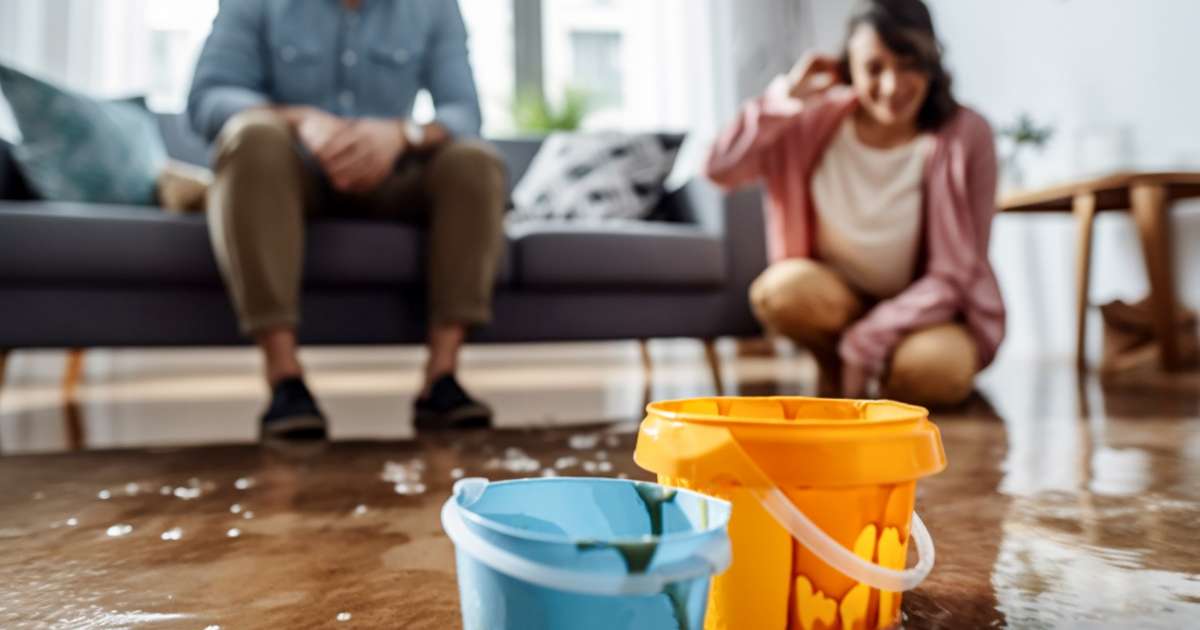Keeping you and your family safe is your number one priority as a homeowner, and there are many threats that put your health and property at risk. Testing and mitigating your house for radon is one of the best ways to protect your home and avoid the health issues that arise when this problem is left unaddressed.
Knowing how to detect radon in your home helps you determine the best options for your needs while minimizing the cost of keeping your home safe.
What is Radon?
Radon is an odorless gas that enters your home undetected. It results from the natural breakdown of your home’s underlying soil, water, and rock materials. Radon affects homes all over the country, making it even more important to test your home for radon. Testing can be done using a variety of test products that are available at your local hardware stores.
These are used for short and long-term radon monitoring, and they’re ideal for homeowners who’ve completed any remodeling projects or haven’t tested their home in over two years.
Testing for Radon in Your Home
Radon testers are inexpensive and easy to use. Detecting high levels of radon in your home indicates a high level of risk and the need for the right solutions for long-term protection. You’ll need to contact a professional mitigation service provider if you detect radon levels higher than 4 pCi/L (picocuries per liter of air).
Hiring a professional prevents the issues that can arise when you try to correct the problem on your own. Improper radon mitigation may lead to higher levels of radon and negatively impact the quality of your home’s indoor air.
Radon Mitigation Solutions
Cracks can increase radon levels, but sealing walls or foundations may not be enough to protect your home in the long run. Active soil depressurization (ASD) has been shown to be an effective and cost-efficient way to reduce radon levels. It consists of isolating radon before it enters the home and exhausting it into the outside air.
ASD requirements vary depending on your property’s designs and other factors. It uses piping that’s connected to the property’s soil through its home’s crawl space or an opening in the slab floor.
A fan attached to the piping draws radon out and away from windows or doorways. This process can be difficult for homes that have multiple foundations, but a mitigation expert can use more than one system to achieve the best results.
Radon Mitigation Costs
The cost of your mitigation system can range from $800 to $2,500 and will depend on your home’s size, surrounding climate, materials used in its construction, and other factors. A large portion of the cost results from the installation process. These systems should be installed in ways that maintain the characteristics of your home and prevent any reduction in property value.
Some homeowners simply can’t afford radon mitigation costs, especially if they’re experiencing significant levels of contamination. To prevent financial losses and the health risks that radon creates, these homeowners may choose to sell their homes.
Selling your home may be the most cost-effective solution and provides the protection you and your family need. We Buy Ugly Houses can buy your home “as is” and help you restore the well-being of your family and make it easy to find a new radon-free home. Contact us today to learn more!










